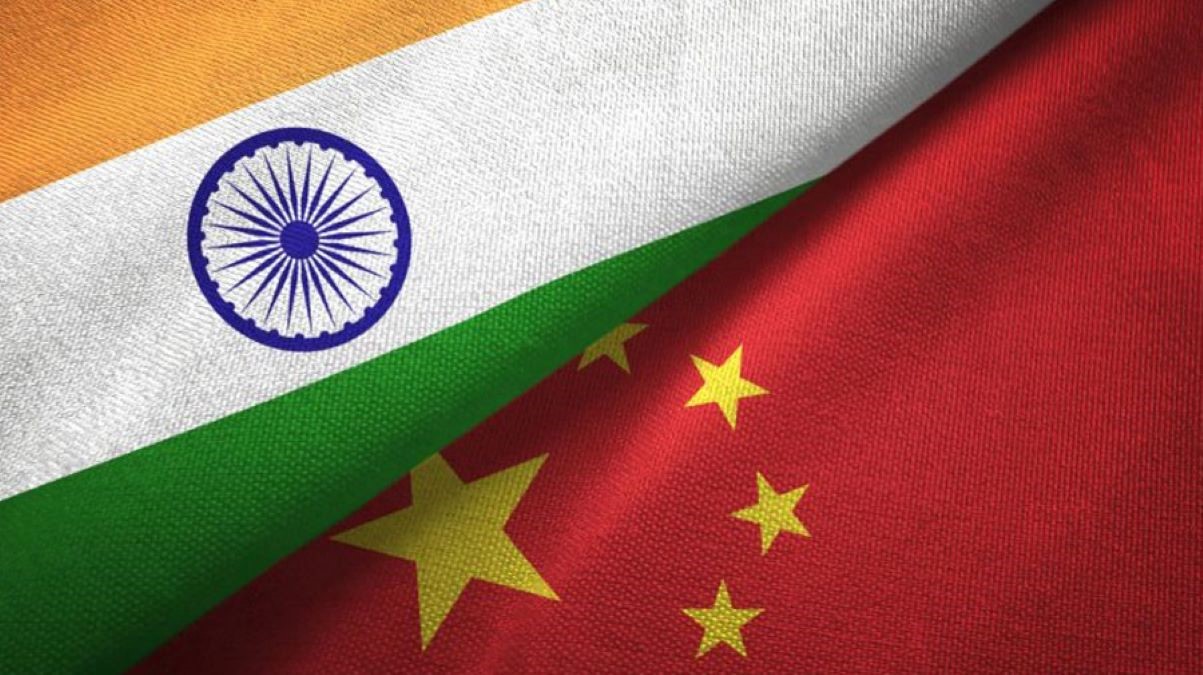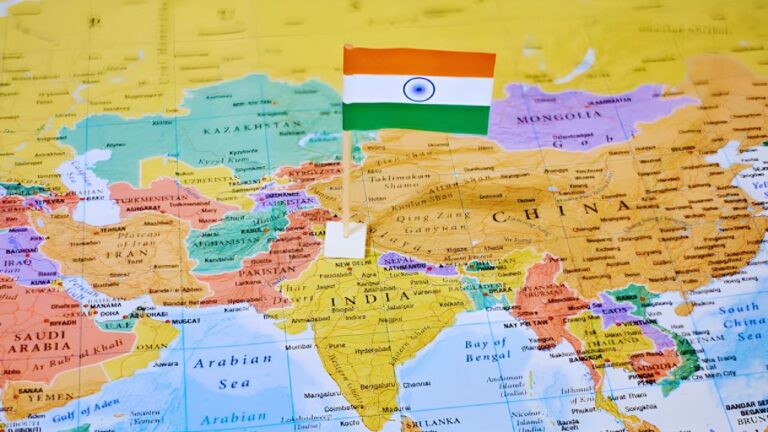
Navigating India's Economic Growth: Lessons from China's Past
India’s economy looks a lot like China’s in 2007. The country’s GDP is projected to be over $3.7 trillion by 2023, and India is on a trajectory similar to that of China in the past. But while there are similarities between the two economies, there are also significant differences that will shape India’s growth trajectory and long-term sustainability. Understanding these differences will help India navigate its economic growth efficiently and sustainably.
Differences Between India and China’s Economies
- Gap in Investment Ratios: China consistently maintained a high investment to GDP ratio of around 40% from 2003 to 2011, whereas India’s investment ratio during its high-growth phase averaged around 33%, lower than China’s. This indicates that China allocated a larger proportion of its economic resources towards investment, contributing to its rapid economic growth. In recent years, the gap has widened, with China’s investment ratio averaging almost 43% and India’s falling to around 29%, posing a challenge for India’s growth prospects.
- Twin Balance Sheet Issue in India: India faced a significant slowdown in its investment landscape, primarily due to the twin balance sheet problem. The twin deficit problem, particularly the deteriorating current account deficit, compounded by costlier imports and a weakening rupee, has further aggravated external imbalances. Addressing this issue is crucial for stabilizing the economy and attracting investment.
- Disparity in Composition of Exports & Imports: India’s exports of goods and services reached over USD 770 billion in fiscal year 2022-23, whereas China had already exceeded USD 1.2 trillion in exports in 2007, driven primarily by goods rather than services. China’s higher level of integration into the global economy, reflected in its imports of USD 950 billion, highlights the importance of export competitiveness and global integration for sustained growth.
- Difference in Tariff Rates: China’s consistent reduction in tariff rates facilitated its integration into global trade and attracted foreign investments. From 2003 to 2007, China’s average tariff rate decreased from 10.69% to 8.93% and further declined to 5.32% in 2020. In contrast, India’s tariff rate dropped from 25.63% in 2003 to 8.88% in 2017 but has since been increasing, potentially hindering its ability to attract investments and fully integrate into global supply chains.
- Labour Force Participation: China has historically maintained a high labour force participation rate, which has gradually declined to around 67% currently. In 2007, China’s labour force participation rate was almost 73%, while India’s estimated rate for 2022 stands at around 50%. Increasing labour force participation is crucial for harnessing the demographic dividend and driving economic growth.
- Lack of Employment Generation in Formal Manufacturing: While India has created a significant number of jobs in construction and services, formal manufacturing remains more productive in terms of output per worker. However, limited job opportunities in the formal manufacturing sector impede India’s economic growth potential. Focusing on generating employment in this sector is essential for sustainable and inclusive growth.
- Participation of Women: The difference in female labour force participation between China and India is substantial. In 2007, China’s rate was 66%, which decreased to 61% in 2022. In contrast, India’s female participation rate was only 30% in 2007 and has further declined to 24% in 2022. Empowering women through gender equality measures, education, and skill development is crucial for boosting India’s economic growth and achieving social progress.
Similarities Between India and China’s Economic Situations
- Sectoral Distribution of the Labour Force: Both China in 2007 and India in 2021 have a significant proportion of their labour force employed in agriculture. In China, 41% worked in agriculture, 27% in industry (including construction), and 32% in services. In India, the figures were 44% in agriculture, 25% in industry, and 31% in services. This similarity highlights the need to address the challenges and opportunities associated with the transition of the workforce from agriculture to other sectors.
- Decline in the Labour Force in Agriculture: Both countries have experienced a decline in the proportion of the labour force engaged in agriculture. From 2003 to 2019, China witnessed a decline of around 1.5 percentage points per year, while India’s decline was around 1 percentage point. Managing this transition effectively is crucial for providing productive employment opportunities to those leaving the agricultural sector.
The Way Forward for India
- Increase Investment Activity: India should encourage both domestic and foreign investments by creating a favorable business environment, simplifying regulatory procedures, and providing incentives for industries. A robust investment climate will drive economic growth and create employment opportunities.
- Boost Exports: Promoting exports by identifying sectors where India has a comparative advantage, improving infrastructure and logistics, and providing support to exporters will enhance India’s integration into the global economy. Expanding export opportunities will contribute to sustainable economic growth.
- Enhance Female Labour Force Participation: India must take concrete steps to increase the participation of women in the workforce. Implementing gender equality measures, ensuring access to education and skill development, and addressing cultural and societal barriers will empower women and contribute to economic growth.
- Generate Employment Opportunities in Formal Manufacturing: India should focus on creating more job opportunities in the formal manufacturing sector, particularly for low- and semi-skilled workers. Policies that promote the growth and productivity of the manufacturing sector, adoption of advanced technologies, and skill development programs will help unleash the sector’s potential and drive economic growth.
- Maintain a Conducive Investment Climate: Continuously improving the ease of doing business, reducing bureaucratic hurdles, enhancing transparency, and strengthening governance are crucial for attracting investments and fostering economic growth. A favorable investment climate will position India as an attractive destination for businesses.
- Emphasize Education and Skill Development: Investing in education and skill development programs will equip India’s workforce with the necessary skills for the evolving job market. Promoting innovation and entrepreneurship will foster a culture of continuous learning and drive economic progress.
- Strengthen Infrastructure: Prioritizing infrastructure development, including transportation, logistics, power, and digital connectivity, is essential to support economic activities and facilitate trade and commerce. Strong infrastructure will enhance India’s competitiveness and attract investments.
- Foster Regional and International Collaborations: Actively engaging in regional and international collaborations will expand India’s market access, enable participation in global value chains, and leverage opportunities for growth and development. Collaborative initiatives will enhance India’s competitiveness and global standing.
Conclusion:
India has tremendous economic potential and can draw lessons from China’s past. By bridging the gaps between China and India in terms of investment ratio, export performance, labour market participation, and job creation, India can position itself for economic growth in the future. India’s economic future will be shaped by strategic reforms, favourable business conditions, and massive investment in education, infrastructures, and skills. This will make India an attractive destination for global companies and foster inclusive and sustainable economic growth.





